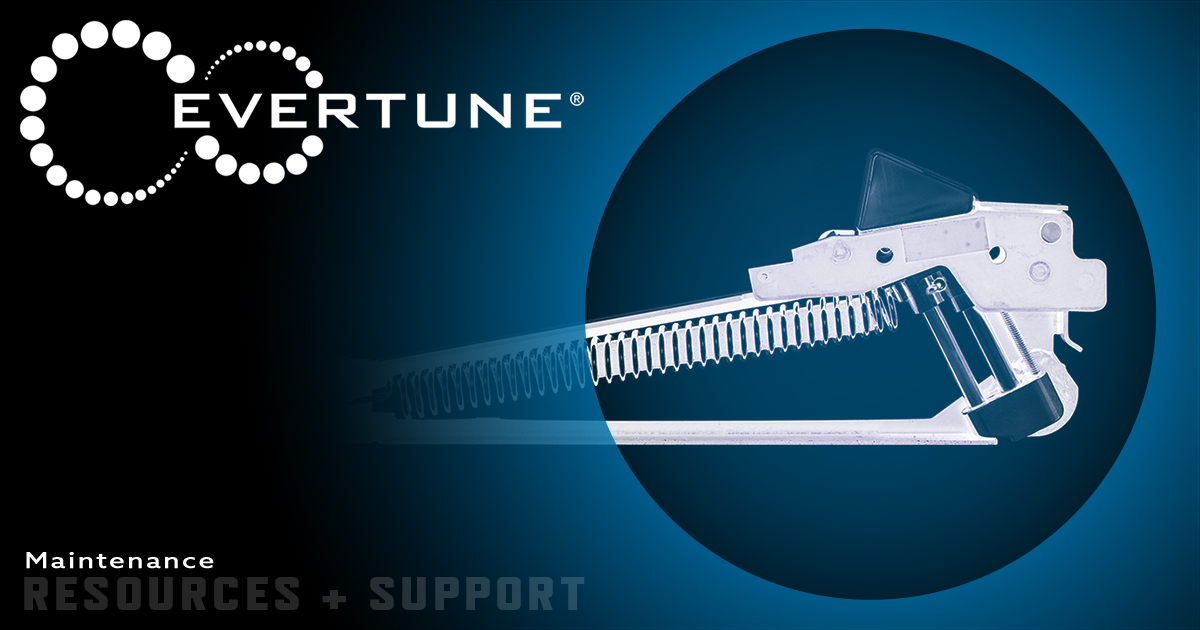Two guitars - both 1990 Greco LP Customs, one "mint", the other with Evertune bridge...
The Greco with the Evertune is priced at $1500, the mint at $1250.


Does the addition of the Evertune outweigh the modifications to the Greco's body needed to accommodate it? That just seems wrong to me.
To anybody else, or am I out of line?
The Greco with the Evertune is priced at $1500, the mint at $1250.


Does the addition of the Evertune outweigh the modifications to the Greco's body needed to accommodate it? That just seems wrong to me.
To anybody else, or am I out of line?





Comment